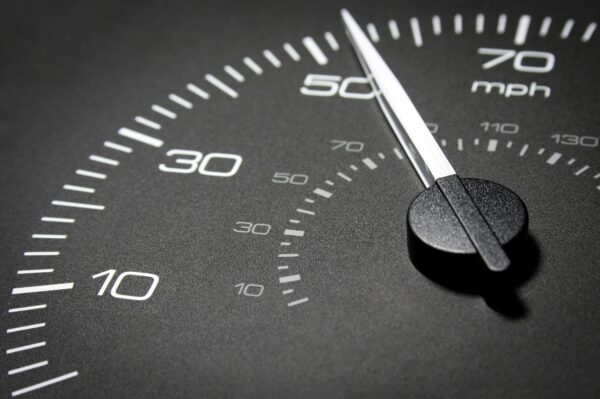
How To “Gap” Spark Plugs (Step-By-Step)
Before you begin gapping, make sure you have the right spark plug for your engine. For this task, you’ll need a gap tool like a feeler gauge or gap gauge.
Note that:
- Multiple electrode spark plugs are vehicle-specific and come with a factory gap that isn’t adjustable.
- A platinum or iridium plug has a delicate center electrode that can be damaged by the usual keyring-styled tool, so you’ll need a proper gapping tool to make adjustments.
And always — if you’re not familiar with spark plug installation, let a professional mechanic deal with it.
Now, here’s how to do spark plug gapping:
Step 1: Clean The Spark Plug
If you have a new plug, this shouldn’t be an issue.
However, old spark plugs may be dirty around contact points.
You’d want to avoid introducing dirt into the engine’s combustion chamber or have it weaken the ignition spark. In this case, use a wire brush with gentle motions to clean off debris, and never use abrasive materials.
Step 2: Measure Current Spark Plug Gap
Check the owner’s manual for the recommended gap size. Then, run the feeler gauge or gap gauge between the electrodes to determine the current measurement.
If the feeler gauge or gap gauge can’t fit at the needed gap size, the plug gap needs to widen.
If the feeler gauge or gap gauge (with the correct size) passes through the gap without touching any electrode, the gap is too wide and needs to be narrowed.
Step 3: Adjust The Spark Plug Gap
Use the gap tool to adjust the spark plug gap size. Gently bend the ground electrode to widen or narrow the gap.
Here are a few essential things to note:
- Never exert any force on the center electrode or its ceramic insulator
- Don’t bend the ground strap more than 0.008” in either direction
Step 4: Check The Gap Again
Repeat the adjustment until the gap tool fits closely between the spark plug electrodes.
However, you shouldn’t adjust the ground electrode more than 3 times. It’s durable, but it’s not meant to deal with lots of pressure and might snap off. Any damage to either electrode means you’ll need a new spark plug.
Now, you may wonder why you’d need to measure the spark plug gap, especially on a new plug.



